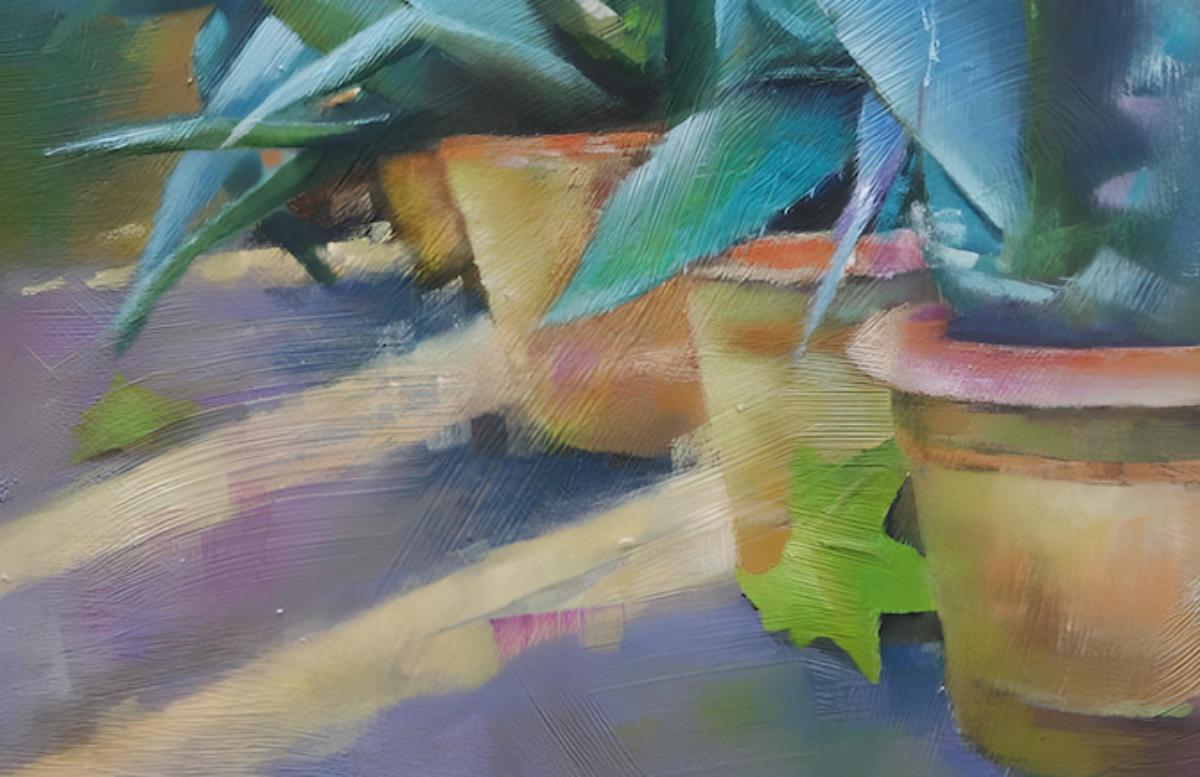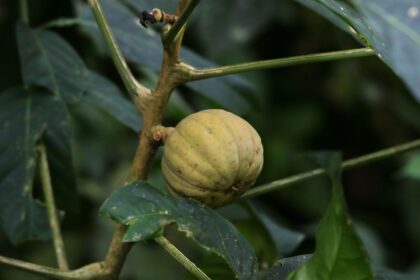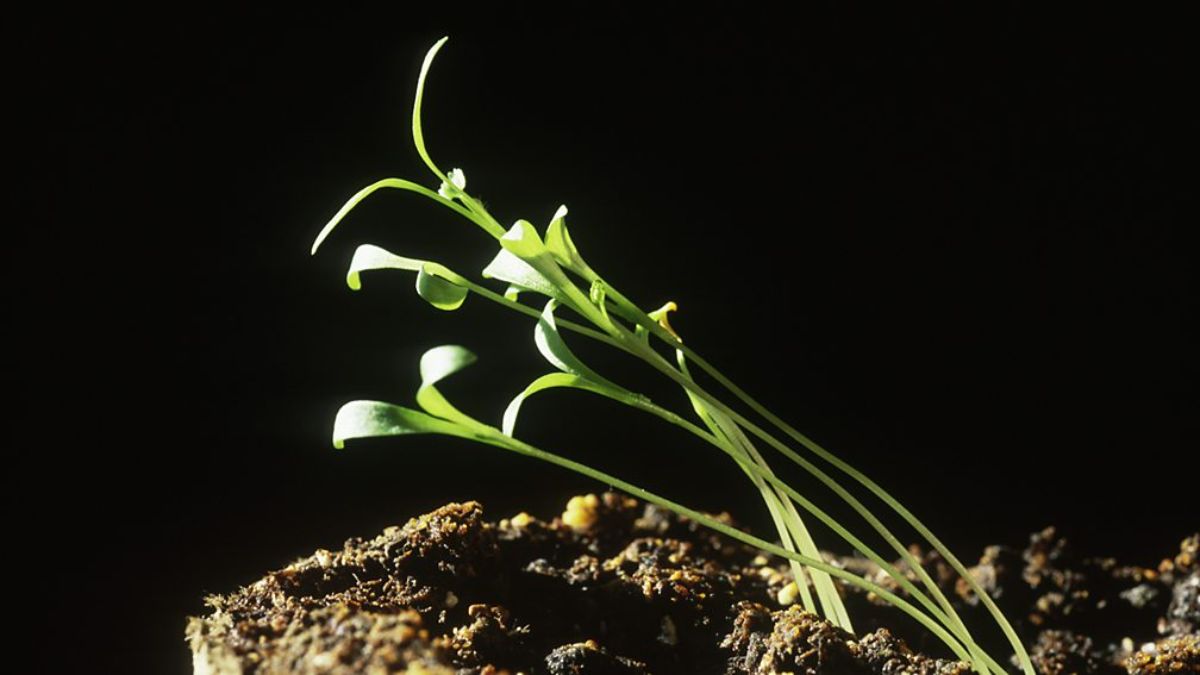All the diverse kinds of houseplants—olive trees, hibiscus, balcony roses—have one thing in common: They hate it when their pots are too tiny. The roots appear to inhibit growth if they are confined. To what end, though? If the plant is getting enough water, what is holding it back? Is it because there has been too much growth that there isn’t enough nutrient left in the potting soil?
Plant photosynthesis is stifled in smaller pots. This results in the plants having less energy available to make new plant tissue. The outcome is slower growth for the plant. This is not, however, because of a shortage of either water or nutrients in the soil.
Neither food nor water is the reason
The nitrogen levels in the leaves of plants grown in adequately sized pots were found to be almost identical to those of plants grown in smaller-sized ones.
In most cases, the amount of this vital nutrient in the plant’s green parts may be used as an indicator of how effectively the plant is being fed with nitrogen. However, the change is so little that it is often deemed insignificant. So, yes, a plant in a smaller container does get a somewhat reduced nutritional supply. But it still doesn’t fully account for its comparatively small growth.
What about water scarcity, for that matter? After all, the plant gets the needed moisture via its roots from the soil, isn’t it? But maybe it’s not receiving enough water if it’s unable to create as many of those stolons? Actually, plants in pots that are too tiny will not receive enough water. Since the smaller soils can’t hold as much water they dry up more rapidly.
Hydroponic plants, oddly enough, also develop significantly slower in smaller pots, even though their pots are always completely submerged in water. And obviously this cannot be the result of a deficiency in available water.
Plants can make predictions
If there isn’t a lack of water or nutrients, then what is it? Plants may alter their height and width to fit the container they are in. Magnetic resonance imaging allows scientists to see how, after being watered, the plants’ roots swiftly extend to a pot’s rim. This is almost like trying to predict how much room they will have to grow in the future.
Plants slow down their growth if there is narrowness at the root. It seems that this response is rather fast. In a study, a researcher named Hendrik Poorter recorded a reaction time of barely 10 minutes after putting the roots of a plant in a tight pot; the plant’s leaves grew more slowly than before.
This shows that there is a signal sent when a significant portion of a plant’s roots are unable to continue growing unhampered. The plant’s root system sounds this alarm, and sends a message to the plant’s upper sections above the soil, telling them to restrict their development as a precaution.
Plants need to be given 1 gallon of space for every 0.15 oz of their mass
But how large of a pot should a plant need to have? Scientists have developed a rough guideline for this: 1 liter of pot volume should be provided for every gram of plant biomass. In other words, 1 gallon of space for every 0.15 ounce of their mass.
A theoretically accurate method for determining the size of a plant’s pot is to weigh the plant. But this is still generally unpractical for indoor plants. Because a rubber tree that weighs about 2.2 lbs (1 kg) would need a vat that can hold about 265 gallons (1,000 liters), which is about the size of a dumpster.
Researchers believe that even small adjustments in pot size may have a significant impact on plant growth. According to that, increasing the size of the pot only by half results in a 20 percent rise in plant growth.






